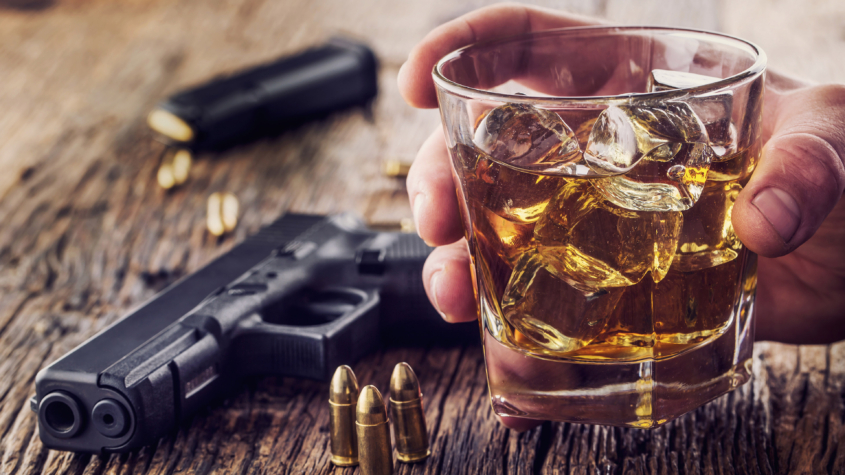UCLA Study Highlights How Alcohol Use Contributes to Firearm-Involved Suicide
A new UCLA study shows an association between acute alcohol use and a higher probability of firearm-involved suicide in the United States. The findings published today in the Journal of the American Medical Association’s online open-access journal, JAMA Network Open, also suggest a point of alcohol intoxication where individuals have a lower degree of motor coordination, resulting in a lower probability of using a firearm in suicide. As alcohol consumption increases, the probability of a firearm-involved suicide normally increases. But at a specific blood alcohol concentration level — around 0.40 grams per deciliter (g/dL) for men and 0.30 g/dL for women — the probability starts to decrease. The study was co-authored by Mark S. Kaplan, professor of social welfare, and Shannon Lange of the Center for Addiction and Mental Health in Toronto, Canada. “Our study is a unique and important contribution to our understanding of risk factors associated with suicides involving firearms, which account for over half of all suicides — more than 47,000 in 2021 — in the United States,” Kaplan said. In the cross-sectional study, the dose-response relationship between blood alcohol concentration and the probability of using a firearm as the method of suicide is described as an inverted U-shape for both male and female decedents. The study used mortality data from the National Violent Death Reporting System from 2003-2020. The analyses were restricted to solitary or single-victim suicides among men and women 18 years and older. The authors urge interventions targeting heavy alcohol use, which may bolster efforts to reduce the suicide mortality rate, particularly those involving a firearm.
Read the full report









Leave a Reply
Want to join the discussion?Feel free to contribute!